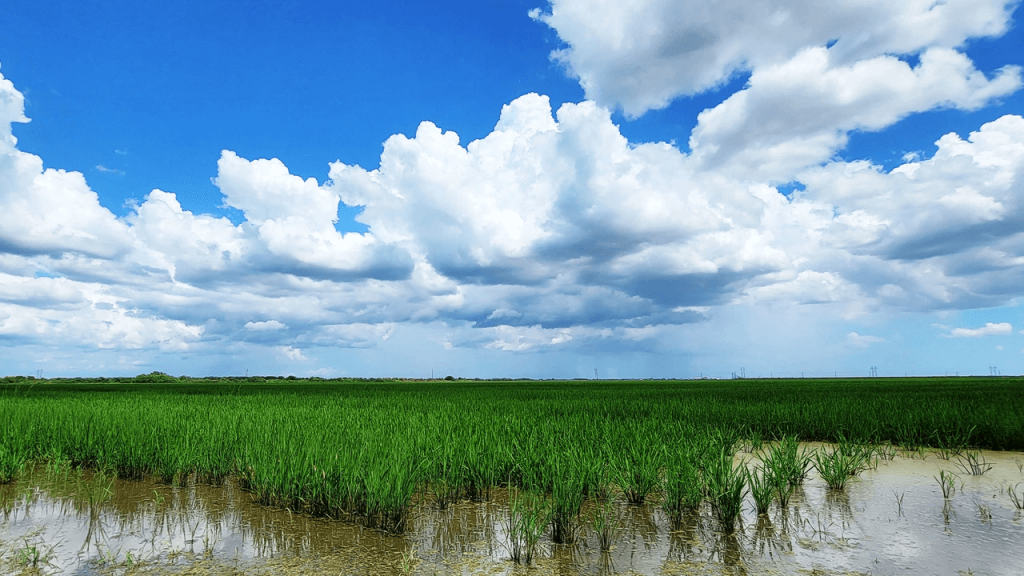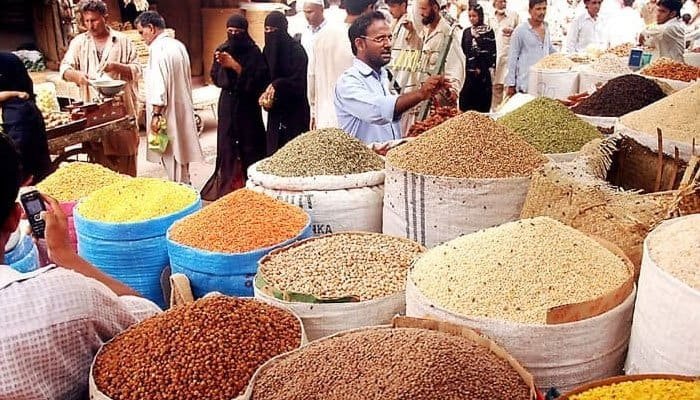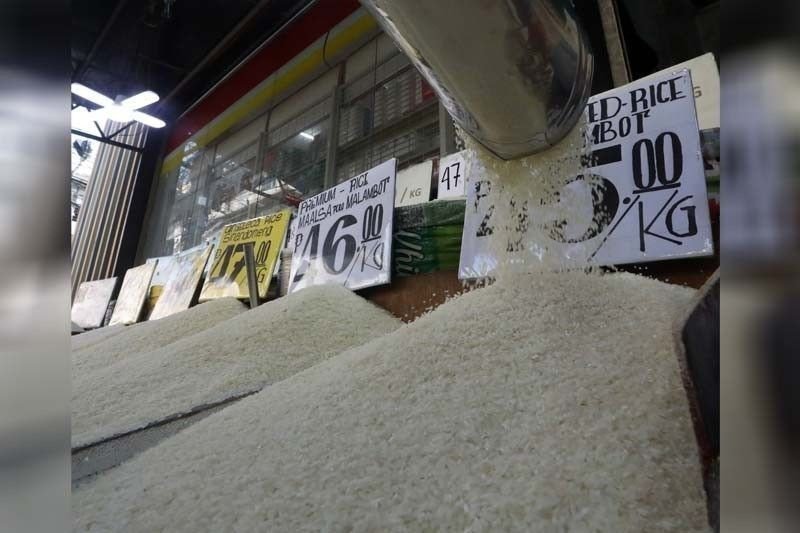Tags
Rice industry benefits from new research center.
The Texas rice industry contributes about a half billion dollars to the state’s economy. The 2024 crop faced multiple challenges, including rice delphacid infestations. The center’s research will address many such issues facing the industry.
Ron Smith, Contributing Writer,

A new facility devoted to Texas rice production is paying dividends, says Texas A&M AgriLife Extension agronomist Sam Rustom. The David R. Winterman Rice Research Station near Eagle Lake is identifying and addressing production issues that affect the Texas rice industry.
“The rice industry contributes approximately a half billion dollars to the Texas economy,” Rustom said during a presentation at the December Texas Plant Protection Association’s annual conference in Bryan.
Rustom said 2024, the inaugural year for the facility, posed significant challenges for Texas rice. “The most impactful was Hurricane Beryl,” he said. “In the aftermath of the hurricane, main crop yields statewide were reduced between 25% and 35%.”
Promising start
The 2024 rice production got off to a promising start with good rainfall early. “We were very optimistic right before the hurricane hit,” he said.
The area from Victoria to Beaumont incurred significant damage from the storm. “The rain was spotty,” he said. “Wind and the vulnerable stage of the crop hurt. Seed shattering was extensive.”
He added that the ratoon crop harvest was “almost impossible. With the economic woes of rice this year, if growers don’t make a ratoon crop, they don’t make a profit. They lost about 35% of the ratoon crop.”
Yield expectations across the state are down 24% on the main crop. “But the ratoon crop took a big hit because some 35% of ratooon crop acres disappeared overnight.”
Storm damage was exacerbated by pest problems.
“In the aftermath of the storm, rice delphacid infestations caused economic main crop damage for the first time in Texas history,” Rustom said.
Control problems
TexasAgriLife research also shows “lackluster” performance on delphacid from labeled insecticides, he added. On top of yield loss, delphacid also may vector rice hoja blanca virus, confirmed for the first time by Texas A&M AgriLife in 2024. “This is very common in South America,” Rustom said. “It was just a matter of time before it showed up here.”
Rustom said delphacid was first discovered in Texas rice in 2015, but populations in succeeding years caused economic damage only in the ratoon crop.
Seasonal problems exacerbated ongoing problems in the Texas rice industry, “which is not in good shape,” Rustom said.
Input costs
He cited the costs of water and land rent and competition for land from other uses, including solar farms, as key factors. “Costs have gotten out of hand for rice producers,” Rustom said.
Other issues the new facility will address include herbicide-resistant weeds, especially barnyard grasses.
“Herbicide failures were a common theme in 2024, especially with the barnyardgrass complex,” Rustom said. “Texas AgriLife has confirmed resistance to several different herbicide modes of action. This will be a major project.”
He said evaluating resistance, cultivars, and potential new products will be part of the center’s ongoing focus.
Rustom has a 25% research appointment along with his Extension duties. He said grower collaboration will be essential in finding solutions to rice industry problems.
Rustom said the research center, along with AgriLife Extension economists and USA Rice, conducted a survey of grower damage from the hurricane and sent the data to Washington D.C.
“We are lobbying for relief,” he said. “Given the current economy, this is a big deal for Texas rice producers.”
Rustom said the new research facility will address the numerous issues facing Texas rice producers. “Flexibility is how I describe what we are doing,” he said.
Efforts will continue with trials to find more effective insecticides, herbicides, and management systems. Also, the ability to accumulate and disseminate crop data will be an important function of the center.
https://www.farmprogress.com/rice/rice-industry-benefits-from-new-research-centerPublished Date: January 22, 2025






